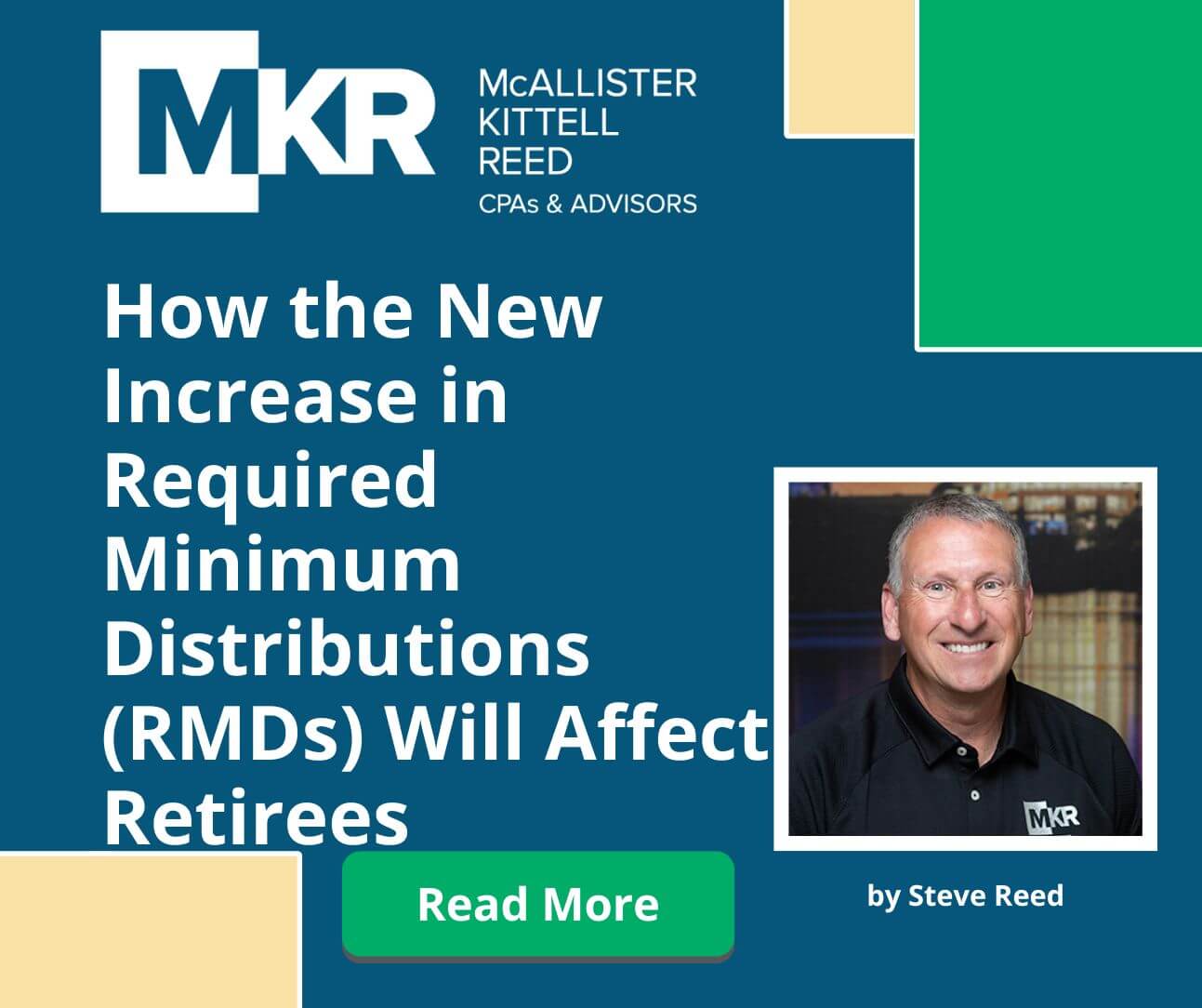Required Minimum Distributions (RMDs) are mandatory withdrawals from certain retirement accounts. They can significantly impact your tax burden and overall financial well-being. In 2024, changes introduced by the Secure 2.0 Act have increased the minimum age for RMDs, potentially leading to the highest RMDs in history. Here’s what retirees need to know about these new regulations and how they will affect your retirement strategy.
What Are Required Minimum Distributions (RMDs)?
RMDs are the minimum amounts that retirees must withdraw annually from tax-deferred retirement accounts such as 401(k)s, traditional IRAs, and 403(b)s once they reach a certain age. These distributions are designed to ensure that retirees eventually pay taxes on the funds they have been deferring throughout their working lives.
The Secure 2.0 Act Raised RMD Age
When the Secure 2.0 Act was passed in 2022, the age at which retirees must begin taking RMDs was raised from 72 to 73, granting more flexibility and time for retirement savings to grow. This change applies to retirees turning 73 in 2024 and beyond, offering an additional year of tax deferral before RMDs are required.
However, this delay could result in more significant distributions when retirees finally begin taking RMDs, especially if their accounts continue to grow. (Retirees who turn 73 in 2024 must take their first RMD by April 1, 2025.) Larger account balances combined with higher RMD percentages as retirees age could result in retirees facing the largest RMDs ever, especially with stock market gains in recent years.
Why 2024 RMDs Could Be the Highest Ever
The combination of tax-deferred growth, the higher RMD age, and inflation adjustments could make 2024 a challenging year for retirees facing their first RMDs. Because retirees must withdraw a specific percentage of their account balance, individuals with growing portfolios may end up withdrawing and facing taxes on larger amounts. This can push some retirees into higher tax brackets, which could lead to a reduction in overall retirement income.
Key Factors for Retirees to Consider
As you approach your RMD age, there are several important factors to keep in mind that can significantly impact your tax planning. Understanding these key points will help you make informed decisions and avoid common pitfalls related to RMDs.
- RMDs Are Taxed as Ordinary Income
When you take an RMD, it is taxed as ordinary income, meaning it is added to your other taxable income for the year. This can impact your tax liability, particularly if your RMD pushes you into a higher tax bracket. Careful tax planning is essential to minimize the impact of RMDs on your overall income.
- Failure to Meet RMD Deadlines Could Result in Financial Penalties
One of the most critical things retirees need to remember is that failure to take RMDs by the required deadline (typically December 31) can result in significant penalties. The current penalty for missing an RMD is 25% of the amount that should have been withdrawn. This penalty can often be reduced to 10% if the missed RMD is corrected within two years, but it’s still a costly mistake you’ll want to avoid.
- There’s No Escaping RMDs
Once you reach the RMD age, you must take these distributions from your tax-deferred accounts. Even if you don’t need the money, you are required by law to withdraw the minimum amount. Failure to do so will result in penalties, and delaying the withdrawal will not eliminate the tax liability.
For retirees who don’t need the extra income, reinvesting the distribution into a taxable account may be a good option to keep the money working for you, but the taxes will still need to be paid.
- RMDs Are Not Required in Roth IRAs
A strategy to possibly minimize the impact of RMDs is to utilize a Roth IRA. Unlike traditional IRAs or 401(k)s, Roth IRAs do not require RMDs during the account holder’s lifetime. Since contributions to Roth IRAs are made with after-tax dollars, the growth and withdrawals from these accounts are tax-free, providing more flexibility in retirement income planning. The one caveat to this applies to inherited Roth IRAs. If you’re the benefactor of someone else’s Roth IRA, you must take RMDs.


